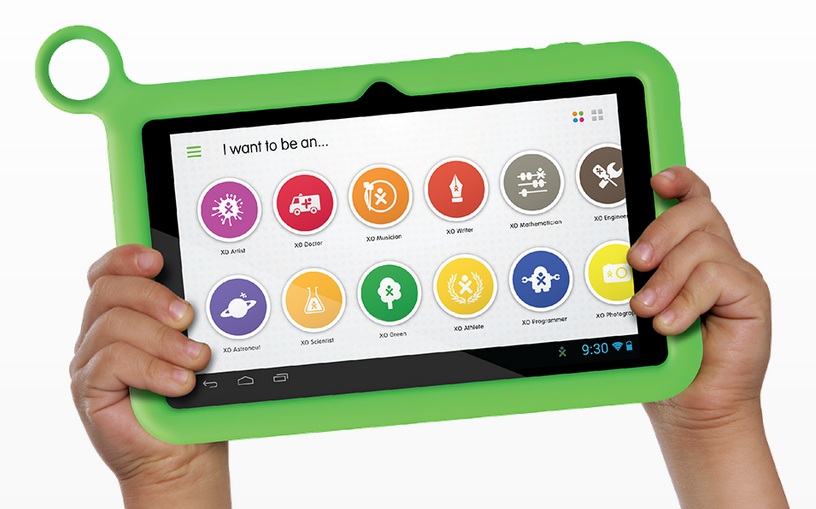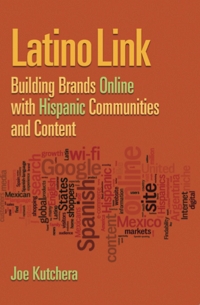This excerpt is from my new book, E-X-I-T-O: Su estrategia de marketing digital en 5 pasos. In English, that is – E-X-I-T-O: Your Digital Marketing Strategy in 5 Steps. Click on these links to read the first excerpt, second excerpt, and third excerpt.
In his book Banker to the Poor, Muhammad Yunus tells his story of how he established the concepts of microcredit and microfinance. While serving as the head of the Economics department at Chittagong University in Bangladesh, a severe famine broke out in 1974. This contradiction perplexed him: how could he teach such a sophisticated level of economics while at the same time his fellow countrymen were starving to death on the streets? Clearly, the country’s economic system needed to break the cycle of poverty in order to fix itself. He established a rural research project to observe how the economy of the poorest Bangladeshis functioned. From there, he developed a lending system to foster poverty reduction where groups of (mostly) women borrowed money as a means of support and accountability to one another.
If we consider this story from the perspective of our E-X-I-T-O process, we see that he not only observed and listened to what his fellow countrymen needed, as we outline in the first step of the process, but he also “put himself in the shoes of the user” or customer, as we outline in step number two. This was the process that Muhammad Yunus went through to establish his new concept of “microfinance.” Yunus won the 2006 Nobel Peace Prize for founding the Grameen Bank, now the Grameen Foundation, which implemented his concepts of “microfinance.” Subsequently, the bank has successfully loaned its customers over $12 Billion USD cumulatively since its inception with a nearly 97% rate of recovery, or re-payment rate. What makes Grameen especially interesting is the average loan size relative to the bank’s holdings. Its average loan equals $143 USD per member whereas the banked held $1.7 Billion USD in total assets as of 2010.
This presents a new business opportunity for Latin America’s digital marketers in the financial, cell phone services, computer hardware, and Internet news and information industries. Even if your company makes very little from each customer, the opportunity to scale a product with a low-income population represents a billion dollar business opportunity.
Muhammand Yunus, on his website, describes the delight that a poor woman can experience with information and communication technology services on a cell phone as an “Aladdin’s Lamp”:
“Information and communication technology can be visualized as an Aladdin’s Lamp in the hand of a poor woman. Digital genies can come out of the new digital version of the Aladdin’s lamp at a voice command to give all the support to a poor woman who needs to leverage her energy and creativity to lift herself out of poverty at the fastest speed.”
“But is anybody actually designing this Aladdin’s Lamp? No. Designers are busy designing iPods and endless incarnations of mobile-phones in every size, shape, color, some with cameras, voice recorders, music players, games, and wi-fi. Don’t get me wrong. I am not against them. I love them. I use them. But I also want technology designers to be given the challenge and opportunities to show their talent in designing gadgets, which will solve the poor’s problems. These designers will have pictures of poor women in Bangladesh or Bolivia on their desks to remind themselves who they are working for. Better still, these women may co-design [these mobile devices] through frequent video-conferencing.”
Not only did Yunus put himself in the shoes of the user to develop the highly successful Grameen Bank. He also encourages video-conferencing, in the above quote, as a means of involving the customer into the product/service development process.
Creating an “Aladdin’s Lamp”: One Laptop Per Child
One organization that is developing this “Aladdin’s Lamp” or new technology products for low-income consumers is One Laptop Per Child. The non-profit aims “to create educational opportunities for the world’s poorest children by providing each child with a rugged, low-cost, low-power, connected laptop with content and software designed for collaborative, joyful, self-empowered learning,” according to its mission statement.
To this end, OLPC has designed the hardware, software and content to promote collaboration and self-learning. With these tools, children take their own education into their hands. They can learn, share, and create together. They connect with each other, the world and “a brighter future.”
OLPC’s product, the XO Laptop, evolved out of the educational research of Seymour Papert, an MIT mathematician, computer scientist, and a founding faculty member of the MIT Media Lab. Since the 1960’s, he has promoted the idea of children using computers as instruments for learning and for enhancing creativity.
The organization’s five guiding principles include:
- Ownership – The kids keep the laptop (and bring them home)
- Focus on early education: 6 to 12 years old
- “Digital saturation” so that no one feels left out
- Connectivity
- Free, open source software enables the OLPC platform to grow and update more easily
The XO laptops ingeniously incorporate the target users’ needs. Their rugged, drop-resistant design utilizes very little power (2 Watts vs 20-40 watts for regular laptops) from solar panels oftentimes in locations where electrical connectivity is not available. The screens can be viewed in broad daylight, specifically made for schools with outdoor classrooms. The XO’s devices come pre-installed with a variety of educational applications, designed to appeal to the naturally inquisitive nature of children.
In Latin America, Uruguay and Nicaragua have successfully implemented OLPC computers in their primary schools. In contrast, The Economist Magazine criticized Peru for poorly implementing the XO laptop because of the results from a study by the Inter-American Development Bank. Many teachers did not know how to use the computers. And due to a lack of Internet access, computers would not be easily updated. Overall though, the study found that Peruvian kids with laptops were six months ahead of their peers in reasoning and verbal ability. But that study also failed to find any improvement in key areas like math and language, classroom instruction and reading habits. (Source: Inter-American Development Bank, Technology and Child Development: Evidence from the One Laptop per Child Program; February 2012.)
Nicholas Negroponte, the founder of OLPC, responed to this report by saying, “Giving a poor child in a remote Peruvian village a laptop to own and take home, is giving that child hope, self-esteem, and an opportunity to learn outside, as well as inside school. … The purpose of OLPC was not to improve classroom learning only, but learning in the child’s whole life. Peru is the country where we most encounter 6-to-10-year olds teaching their parents how to read and write…”
Today, One Laptop Per Child has transitioned to the age of tablets and the Android operating system with its XO Tablet.
To learn more about One Laptop Per Child, watch this video documentary by Michael Kleiman, “Web: The Film,” about how the remote Peruvian village of Palestina got connected connected to the Internet. And read the article on the New York Times’ website here.
100% of the author proceeds from E-X-I-T-O will go towards the non-profit One Laptop Per Child, which offers laptops, tablets, and educational software to children from low-income communities in Latin America.









